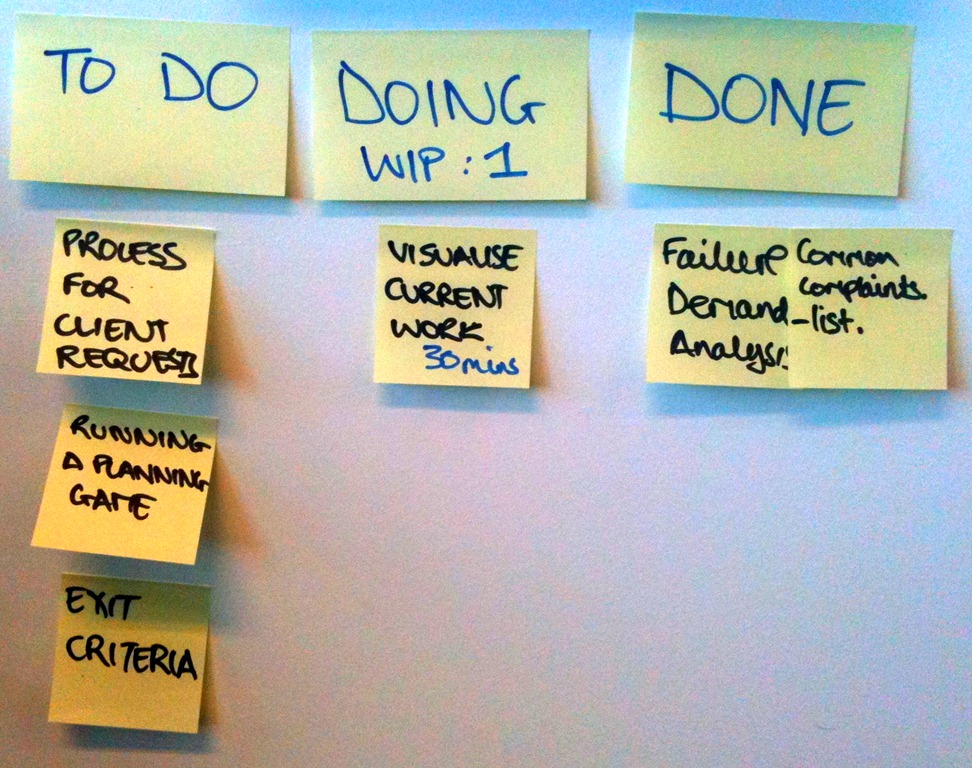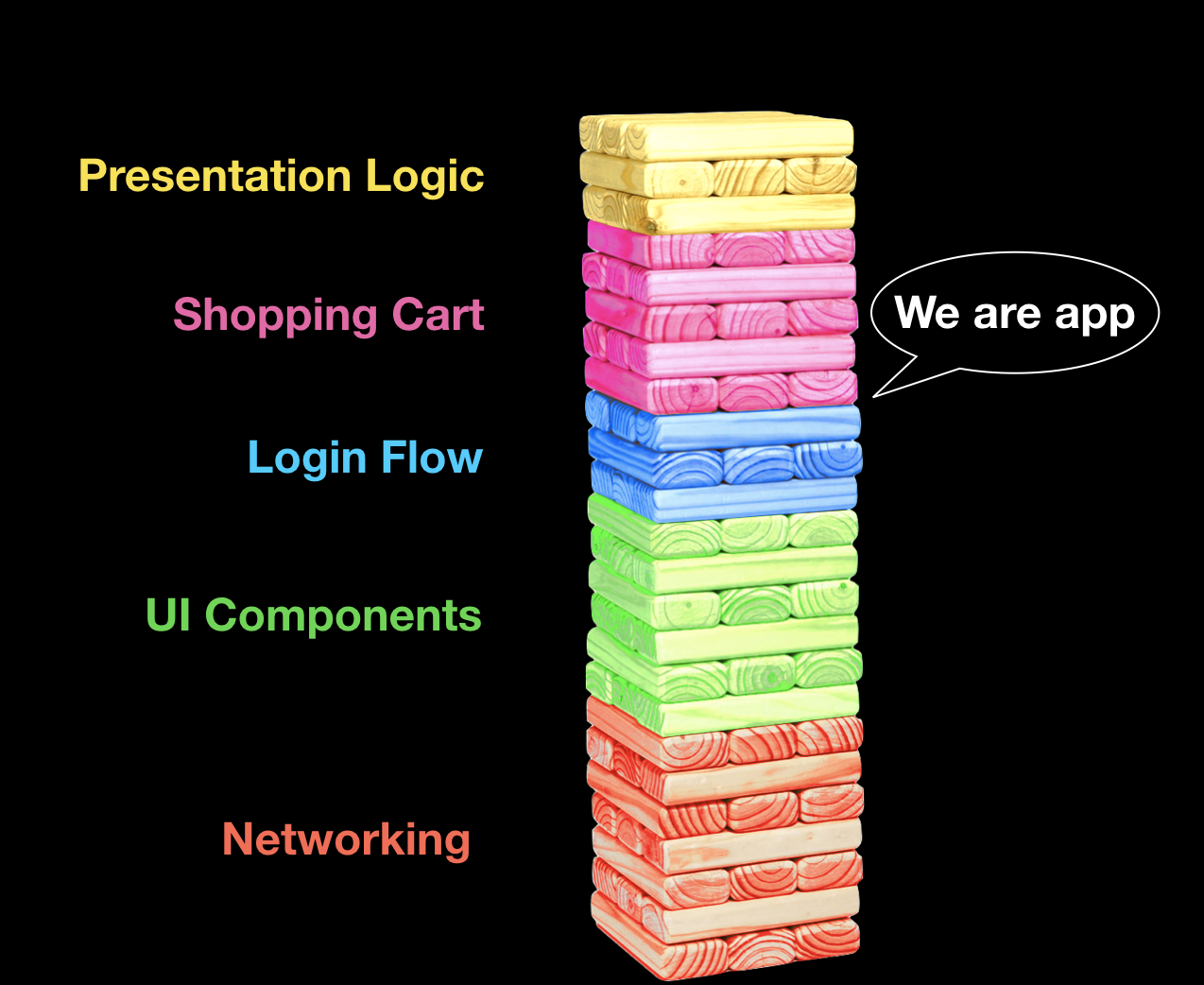An Introduction to Kanban

Kanban is a project management framework that works especially well for small, fluid teams working on fast-paced or short-term projects. In this post, I’ll give a quick overview of the kanban process, discuss the 6 core practices of kanban, and talk a bit about the key differences between kanban and the more ubiquitous scrum methodology. I’ll also provide some tips for determining whether kanban is a good fit for your team or current project.




